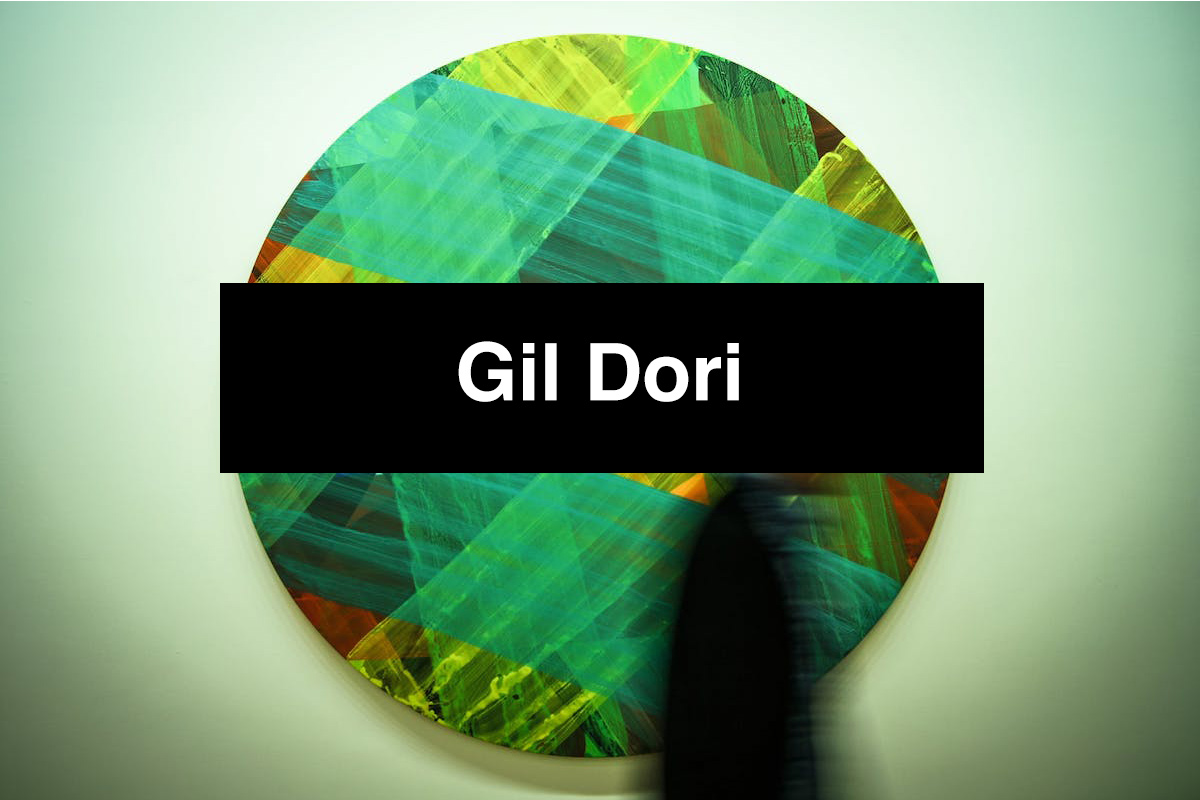Gil Dori: Arcos and other graphic scores
Thursday 1 October 2020, 21:00h. Sala Aranyó (Campus UPF Poblenou)

In this concert, the composer in residence at Phonos Gil Dori has prepared a programme based on his artistic research into animated graphic scores, performed by Dori himself with Erica Wise (cello) and Ilona Schneider (voice).
Gil Dori (electronics and augmented bow); Ilona Schneider (voice), Erica Wise (violoncello)
Programme
Jesper Pedersen: Bottleneck (2011) for prepared plastic bottles [6’]
David Kim-Boyle: point studies no. 4 (2014) for voice and electronics [10’]
Ryan Ross Smith: Study No. 15b (2013) for cello and electronics [10’]
Gil Dori: Arcos (2020) for cello and augmented bow [11’]
Comments to the works
Jesper Pedersen: Bottleneck (2011) for prepared plastic bottles [6’]
"The score for Bottleneck uses animated graphic notation that works as a form of real-time choreography. Pedersen's scores often present this type of choreographic relation between notation and action. In this piece, each pair of triangles (green, blue, red) represents the hands of each performer. The performers mirror the motions of the triangles, playing on instruments that are constructed from empty plastic bottles with strings tied around their necks."
David Kim-Boyle: point studies no. 4 (2014) for voice and electronics [10’]
"point studies no. 4 was written for Dutch sound poet Jaap Blonk. The score comprises five sets of concentric rings and rotating radials, which represent one of five vowels. Each of the rings is articulated with a series of colored nodes, which represent consonants (fricatives, plosives, affricates, nasals, approximants). The vocalist enunciate them when the nodes intersect with each of the radials. A computer-generated interpretation, created from a library of prerecorded vocal samples, accompanies the live exploration of the score."
Ryan Ross Smith: Study No. 15b (2013) for cello and electronics [10’]
"Study No. 15b focuses on pizzicato (plucking) sounds. The animated score shows the fingerboard of the instrument, with nodes that indicate where to press the strings, and when to pluck. Each attack coincides with the convergence of a red circle on a white node. Albeit its apparent simplicity, this notational approach allows for complex rhythmical procedures, which characterizes many of Smith's works. In addition, Study No. 15b applies ideas of imitation for notating actions."
Gil Dori: Arcos (2020) for cello and augmented bow [11’]
"Arcos, for cello and augmented violin bow, is an action-notation piece, with a real-time graphic score that is generated directly from gesture and motion data. The real-time graphic score shows different types of bowing gestures that the performers need to follow and imitate. The work was created during Dori's residency at Phonos."

Bios
JESPER PEDERSEN is a composer, performer and educator based in Reykjavik. Jesper creates electroacoustic music, works for traditional musical instruments as well as for experimental homemade instruments, performances, installations and more. He works with interactive media technology through the use of experimental real time animated musical notation. Many of his works have a visual or performative component to them that often invokes a certain naive playfulness, silliness, and humor. Jesper holds an MA in Music Technology from Aalborg University in Denmark. He is an adjunct lecturer in new media composition at the Iceland University of the Arts, as well as teaching electronic music at the Kópavogur Music School. (www.slatur.is/jesper)
DAVID KIM-BOYLE is an Australian composer and researcher. His creative practice explores the musical affordances of complex open-forms and non-linear processes and their visualization in multi-dimensional, generative graphic scores. His recent projects focus on 3D holographic scores displayed on Microsoft's HoloLens, with research into development and design strategies for augmented reality music applications. He holds a PhD in composition from SUNY Buffalo, and is currently the Technology Manager and an Honorary Associate in Composition at the Sydney Conservatorium of Music, The University of Sydney. (www.davidkimboyle.net)
RYAN ROSS SMITH is a composer, performer, sound designer, engineer, and educator. As a sound designer and engineer, Smith has produced a range of work, including projects for ABC (David Blaine’s “Drowned Alive”), Kassen Brothers Production (the score for “Puncture”), and WNYC’s Studio360, in addition to working as a ringtone mastering engineer. Smith is also known for his work with Animated Music Notation, and his Ph.D. research website is archived at animatednotation.com. He currently teaches Composition and Sonic Arts at Monash University in Melbourne, Australia. (www.ryanrosssmith.com)
GIL DORI’s work encompasses artistic, entrepreneurial, and academic activities. Most of his recent compositions originate in artistic research focusing on real-time graphic notation and study of timbre. He also co-founded the EyeHarp Association, a cooperative start-up that develops accessible digital instruments, based in Barcelona. In addition, Gil teaches computer music and sound design for video game classes at Ben-Gurion University, Israel. Gil holds a Doctor of Musical Arts degree in composition from Arizona State University. (www.gildori.com)
ERICA WISE, winner of the Nakamichi Cello Competition, enjoys a versatile career, as a chamber and orchestral musician, soloist, and teacher. She is a founding member of the Dalia Quartet, and of FUNKTION, a contemporary chamber ensemble based in Barcelona. She received her Bachelors of Music from the Peabody Conservatory and Masters from New England Conservatory, graduating with a Distinction in Performance. As a Harriet Haley Woolley scholar, she studied baroque cello in Paris with David Simpson. She is currently professor of cello and chamber music at Conservatorio Superior de Música del Liceu in Barcelona. (www.ericawise.com)
ILONA SCHNEIDER studied at the National Conservatory of Versailles, where she graduated with first-class honors in 2008. Her coloratura soprano range afforded her performances of works such as Carl Orff’s Carmina Burana and Mozart’s The Magic Flute. She performed The Song of the Sibyl at the official ceremony of the Catalan Diada in 2015, and is a regular participant in a wide range of performance, sound-painting and improvisation events. (www.ilonaschneider.wordpress.com)
in collaboration with:
and kind support from:


